Ideal Timing for Concrete Overlay Installations
Concrete overlay installations are influenced by weather conditions, temperature, and humidity. Optimal timing ensures proper curing and adhesion, reducing the risk of cracks and failures. Generally, the best time for installation is during mild, dry weather with stable temperatures.
Temperatures between 50°F and 85°F are optimal for concrete overlay applications, allowing for proper curing and bonding.
Dry weather with low humidity levels minimizes the risk of moisture-related issues during installation.
Spring and fall typically provide the most stable weather conditions suitable for concrete overlay work.
Installation should be avoided during extreme heat, cold, or rainy conditions to prevent curing problems.
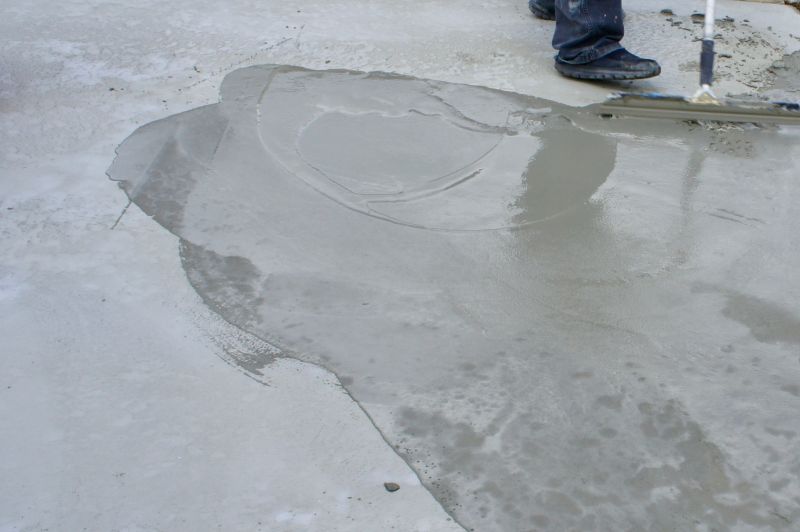
Spring offers moderate temperatures and low humidity, ideal for installation.

Summer requires precautions against high temperatures and direct sunlight.
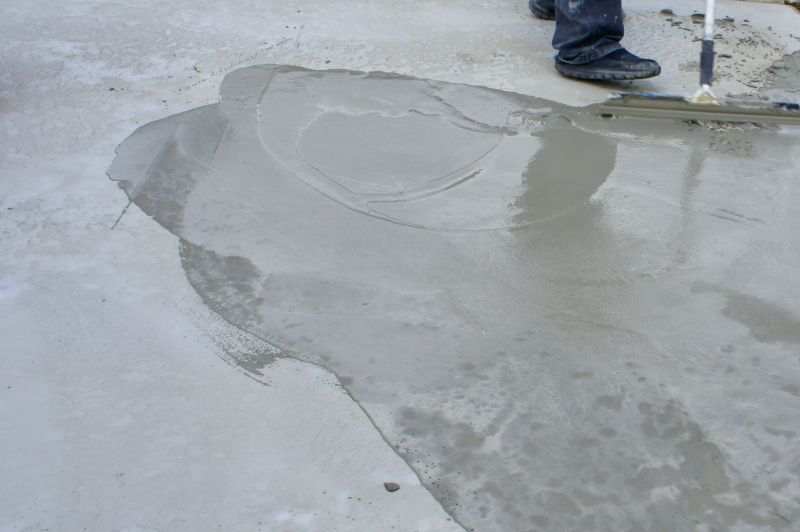
Fall provides cooler temperatures and less moisture, suitable for installation.
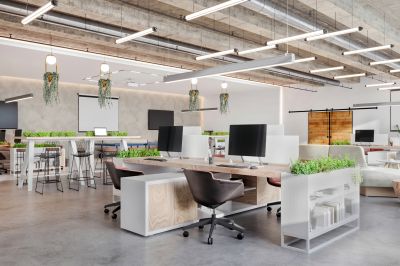
Ways to make Concrete Overlay Installations work in tight or awkward layouts.
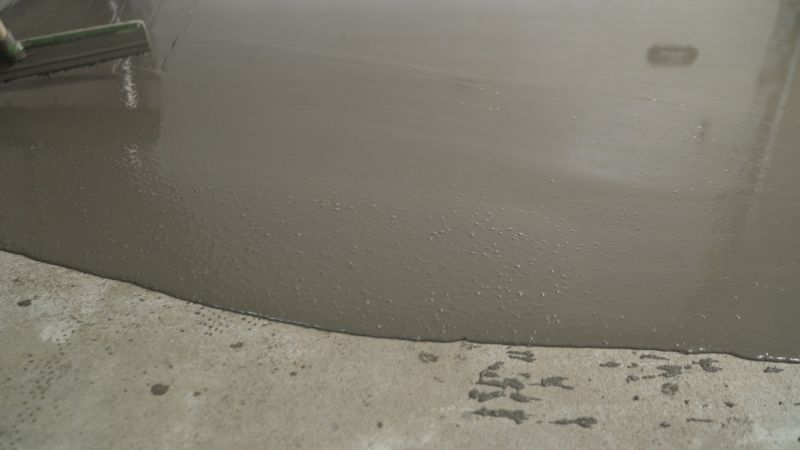
Popular materials for Concrete Overlay Installations and why they hold up over time.
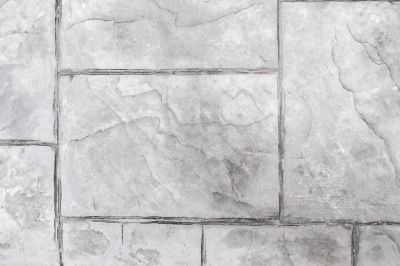
Simple add-ons that improve Concrete Overlay Installations without blowing the budget.
| Season | Optimal Conditions |
|---|---|
| Spring | Mild temperatures, low humidity, moderate rainfall |
| Summer | Warm temperatures, avoid extreme heat, monitor for humidity |
| Fall | Cooler temperatures, low humidity, stable weather |
| Winter | Not recommended due to freezing temperatures and moisture risk |
Concrete overlay installations involve applying a new surface layer over existing concrete to enhance appearance and durability. This process requires precise surface preparation, including cleaning and repairing cracks. The overlay is then bonded with specialized adhesives or bonding agents. Proper timing ensures the overlay cures correctly, resulting in a long-lasting finish. Statistics indicate that well-timed installations can extend the lifespan of concrete surfaces by up to 20 years, reducing the need for costly repairs.
Temperature fluctuations and moisture levels significantly impact the quality of concrete overlays. Installing during optimal weather conditions minimizes issues such as delamination, cracking, or uneven curing. Professional contractors often recommend scheduling installations during seasons with predictable, stable weather to ensure consistent results and durability.
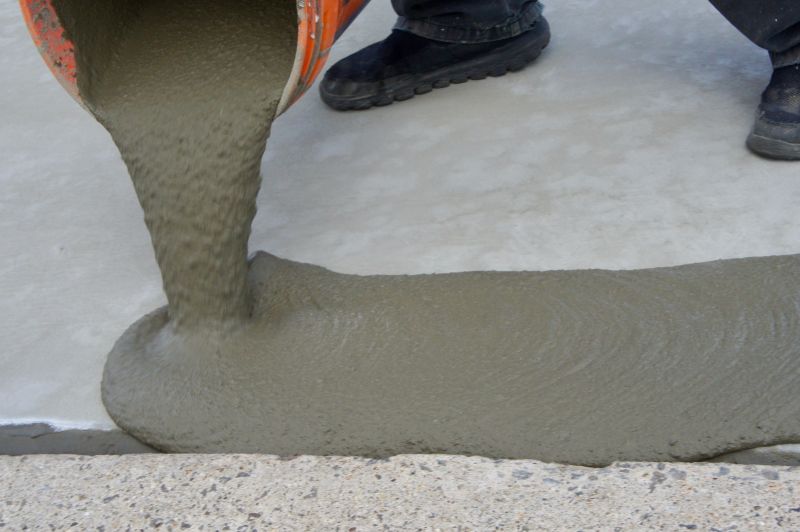
Application process during ideal weather conditions ensures optimal curing.
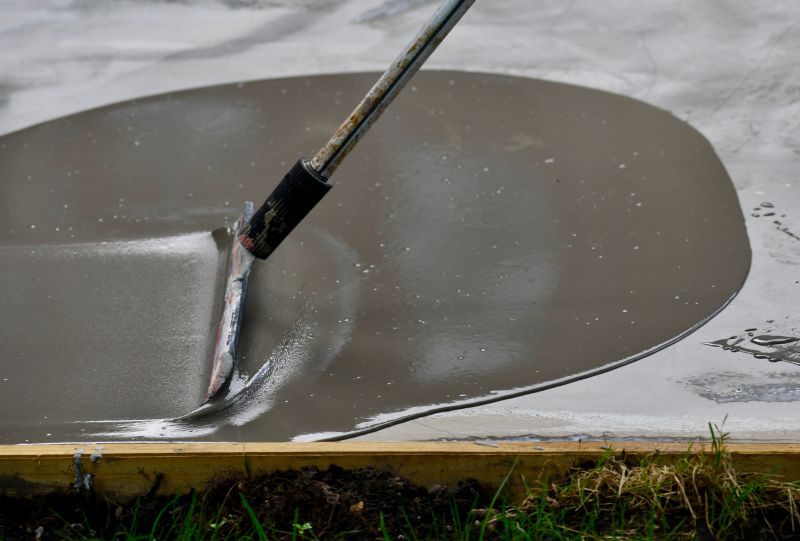
Proper curing is essential for durability and appearance.
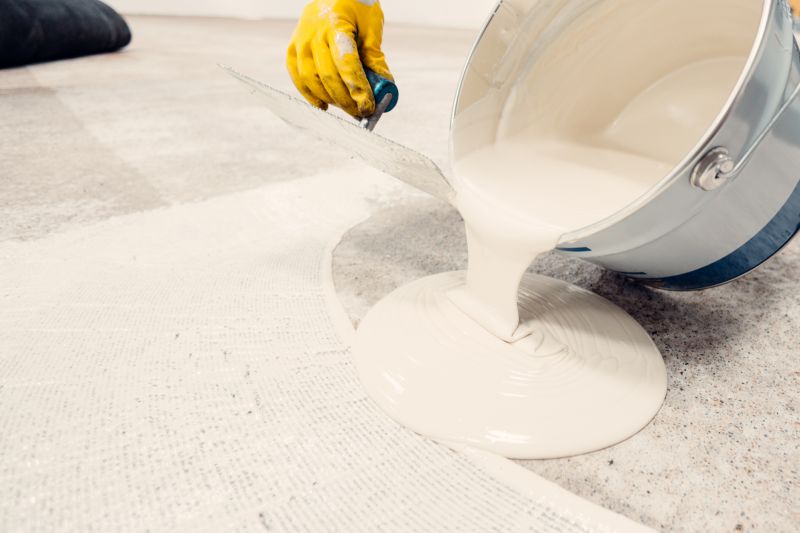
A smooth, durable surface achieved through correct timing.
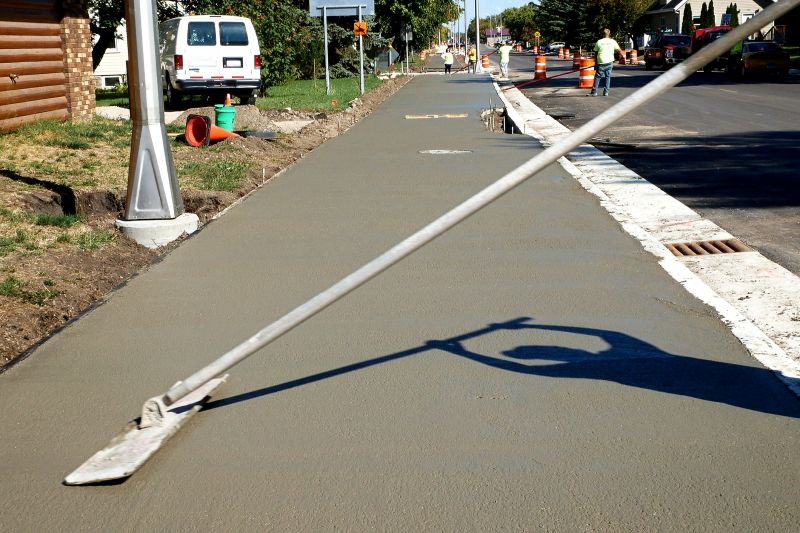
Weather conditions influence long-term maintenance needs.
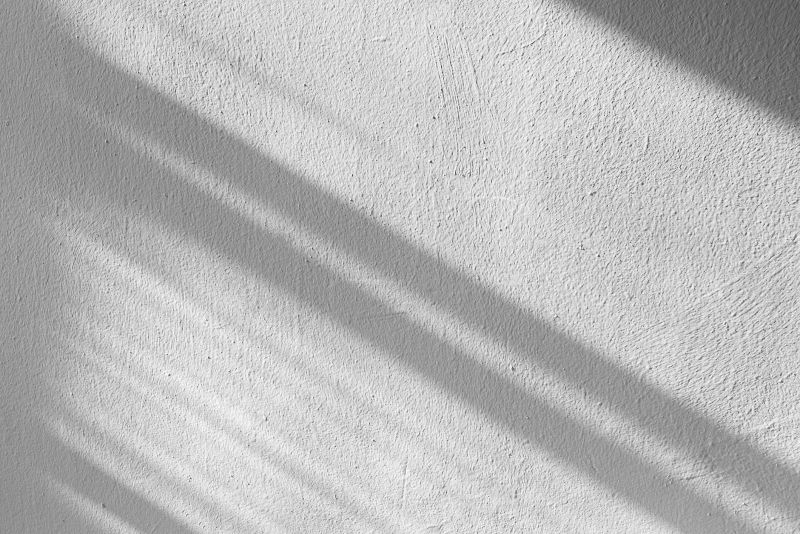
High-end options that actually feel worth it for Concrete Overlay Installations.

Finishes and colors that play nicely with Concrete Overlay Installations.

Little measurements that prevent headaches on Concrete Overlay Installations day.
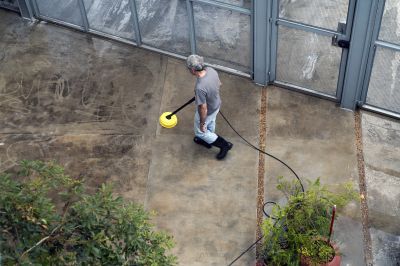
A 60-second routine that keeps Concrete Overlay Installations looking new.
Interested in scheduling a concrete overlay installation? Filling out the contact form can provide more information and help determine the best timing for specific project needs.



